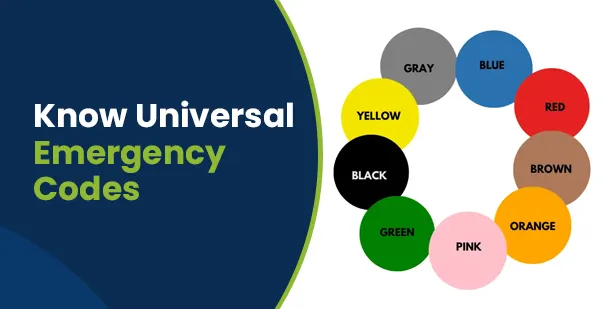Table of Contents:
- Introduction
- What Are Hospital Emergency Codes?
- Benefits of Universal Codes
- The Power of Universal Hospital Emergency Codes
Introduction
In hospitals, emergencies can escalate quickly, and clear communication keeps everyone safe. Universal hospital emergency codes are often color-coded, allowing the staff to respond effectively without alarming others. These codes play an important role in maintaining safety and order in healthcare settings. This blog focuses on understanding the different universal codes used for fires, medical situations, and more. Let’s break down their purpose and use.
Master ACLS Now
Get ACLS certified with confidence
What Are Hospital Emergency Codes?
Hospital emergency codes are standardized alerts used to manage urgent situations quickly and effectively. Many people wonder, “Wwhat is code yellow in a hospital?” when learning about emergency protocols. These are color-coded and announced over intercom systems to communicate emergencies without causing panic among patients and visitors.
In a survey of 304 employees at five hospitals, participants identified the correct emergency codes with only 44.37% accuracy on average. This shows that many hospital staff struggle to remember the codes in emergencies. With this in mind, it’s clear that consistent training and clear communication are needed to improve response times.
If you’re pursuing ACLS training, you’ll come across these codes, as they are a core part of hospital operations and safety protocols. Let’s explore the most common universal codes and their applications in healthcare settings.
Code Red: Fire Emergency
A fire in a hospital can disrupt patient care and endanger everyone in the facility. Code Red alerts staff about a fire or smoke hazard. Once announced, staff members follow strict protocols to evacuate patients, contain the fire, and ensure the safety of those in immediate danger.
As a healthcare provider you’ll need to understand fire safety procedures such as the use of fire extinguishers, evacuation routes, and how to protect vulnerable patients. Hospitals often conduct drills to keep staff prepared for such situations. Recognizing Code Red and responding calmly can make a big difference in ensuring safety.
Code Blue: Medical Emergency
Code Blue is used when a patient experiences a life-threatening medical emergency, such as cardiac or respiratory arrest. This alert calls for a specialized team equipped with advanced life support training to provide immediate care.
During ACLS training, you’ll learn how to respond during a Code Blue, including performing CPR, managing advanced airway devices, and administering emergency medications. These situations require quick thinking and teamwork, as every second counts. Being familiar with Code Blue protocols prepares you to contribute effectively during critical moments.
Code Yellow: Missing Person
Code Yellow is activated when a patient or visitor is missing, including children or individuals who may be disoriented. Hospitals treat these situations seriously, as a missing person can face potential harm. Knowing the answer to “Wwhat is Ccode Yyellow in a hospital?” can prepare individuals for emergency situations.
Staff members are trained to systematically search for the code yellow hospital individual, involving security and possibly law enforcement. You may be required to check specific areas or assist in comforting concerned family members. This code highlights the importance of situational awareness and working together to resolve the issue promptly.
Code Black: Bomb Threat
Code black meaning is a bomb threat or suspicious object within the hospital. These threats are rare but treated with extreme caution to protect everyone in the building.
Knowing what is code black in a hospital might assist in securing areas, evacuating patients, or following specific instructions from security teams. Hospitals rely on staff to remain calm and follow procedures to ensure a coordinated response. During training, you’ll gain insight into safety measures for handling these scenarios.
Code Orange: Hazardous Material Spill
Hospitals manage various chemicals and materials that can be dangerous if spilled or mishandled. Code Orange alerts staff to a hazardous material spill, requiring immediate containment to prevent exposure.
You’ll learn how to identify hazardous materials, use personal protective equipment (PPE), and follow decontamination procedures. Quick action and proper handling keep staff, patients, and visitors safe from harm.
Code Green: Evacuation
Code green hospital is used when patients, staff, or visitors need to be evacuated due to an emergency. This could involve moving individuals from a specific area or conducting a full-scale evacuation of the hospital. Situations requiring a Ccode Ggreen include fires, gas leaks, structural damage, or external threats like natural disasters.
During an evacuation, staff follow detailed plans to ensure patients are moved safely and efficiently. Vulnerable individuals, such as those in intensive care or unable to move independently, are prioritized. Clear communication and teamwork prevent confusion and maintain safety throughout the process.
Code Brown: External Emergency
Code brown in hospitals is activated when external events impact the hospital, such as severe weather, natural disasters, or large-scale accidents. These situations may lead to a surge of patients or disruptions to normal operations. Hospitals use this code to prepare for incoming emergencies and to protect the safety of those inside the facility.
In response to a code brown hospital the staff may secure resources. This prepares them for increased patient care demands and coordinates with external agencies like emergency services. Depending on the situation, you might assist in setting up triage areas, ensuring supplies are accessible, or providing support for patients and families affected by the event. This code emphasizes the importance of adaptability and readiness in managing complex, high-pressure scenarios.
Read More: Learn Essential First Aid For Emergencies
Benefits of Universal Codes
Universal emergency codes create a standardized system for handling urgent situations in healthcare. They allow teams to respond efficiently and with clear direction. Other benefits of universal codes are as follows:
Consistent Communication
Universal codes provide a shared system that all staff can rely on during emergencies. Instead of explaining a situation in detail, a code communicates the type of emergency instantly, allowing everyone to act quickly. For example, a Ccode Bblue signals a medical emergency, and staff can immediately prepare to assist.
This consistency reduces misunderstandings and allows smoother collaboration, even in fast-paced or high-pressure scenarios. It also makes transitions between teams or facilities more seamless, as universal codes are widely understood. This clarity benefits everyone, from seasoned professionals to new team members.
Faster Emergency Responses
Quick action during emergencies can make all the difference. Universal codes allow staff to react immediately without wasting time figuring out what to do. For example, a Ccode Rred for a fire initiates evacuation procedures instantly. Knowing what codewhat does code yellow meansmean in a hospital helps clarify emergency alerts.
These codes are simple, eliminating unnecessary communication steps. Thus, you and your team can focus on the actions to be taken.
Safer Environments for Patients and Staff
Universal codes like code yellow in hospitals contribute to a safe and organized environment by providing clear guidance for handling various emergencies. As someone entering or advancing in healthcare, you’ll likely participate in drills and simulations that show how universal codes work in real time. They bring structure to situations that might otherwise be chaotic, promoting a sense of preparedness and teamwork across departments.
Read more: Life Support: Information, Ethics & Decision-making
The Power of Universal Hospital Emergency Codes
In healthcare, responding quickly during emergencies is a top priority. Universal hospital emergency codes make it easier for teams to act quickly and efficiently. These codes create a clear system of communication so staff knows exactly what’s happening and what to do. As you prepare for your healthcare career learning these codes will give you confidence in your ability to respond in high-pressure situations.
Reference:







